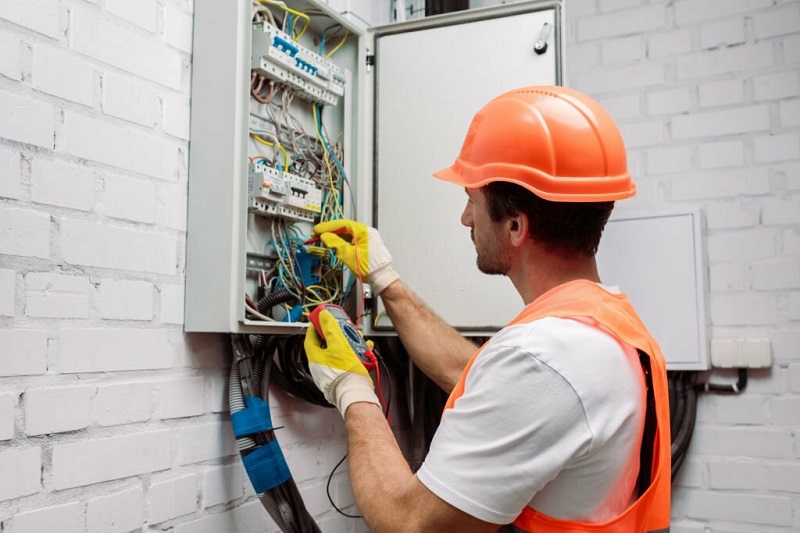In the intricate tapestry of modern infrastructure, electrical wiring stands as the silent conductor, shaping our lives in ways unimaginable. Understanding the complexities of electrical wiring is not just a necessity for professionals; it’s an essential knowledge base for anyone residing in an electrified world. This comprehensive exploration will unravel the mysteries behind electrical wiring, providing valuable insights into its core components, types, safety measures, and the indispensable role it plays in our everyday lives.
Electrical wiring is the backbone of modern civilization, powering our homes, offices, and industries. Understanding how electrical wiring works is not only essential for electricians but also for anyone living in a wired world. In this comprehensive guide, we will delve into the intricacies of electrical wiring, exploring its fundamental principles and components.
1. Understanding Basic Components
Wires and Cables: Wires conduct electricity, and cables are bundles of wires encased in protective sheaths. Copper is commonly used due to its excellent conductivity.
Switches and Outlets: Switches control the flow of electricity, while outlets provide access to power. Understanding their configurations is crucial for safe wiring.
2. Types of Electrical Circuits
Series Circuits: In a series circuit, components are arranged in a single pathway. If one component fails, the entire circuit is disrupted.
Parallel Circuits: Parallel circuits have multiple pathways. If one component fails, the others continue to function, making parallel circuits common in homes.
Also read – The Top Qualities to Look for in an Electrical Contractor
3. Safety Measures in Electrical Wiring
Grounding: Proper grounding prevents electrical shock by providing a safe pathway for excess electrical energy to dissipate into the ground.
Circuit Breakers and Fuses: These act as safety mechanisms, cutting off power when there is an overload or a short circuit, preventing fires and electrical hazards.
4. The Role of Voltage and Amperage
Voltage: Voltage is the force that pushes the electrical current through the wires. Different appliances require different voltage levels for optimal functioning.
Amperage: Amperage measures the volume of electricity flowing through the circuit. It determines the wire size and the capacity of the electrical system.
Also read – What is The Average Cost of Hiring Local Electricians Service
5. Wiring for Specific Appliances
Lighting Fixtures: Wiring for lighting involves switches, fixtures, and appropriate placement to ensure even illumination and energy efficiency.
Appliances and Electronics: Different appliances require specific voltage and amperage. Understanding their requirements is vital for safe and efficient wiring.
6. DIY vs. Professional Wiring
DIY Wiring: While DIY wiring is possible for minor tasks, complex projects and installations require professional expertise to ensure safety and compliance with regulations.
Professional Wiring: Experienced electricians possess the knowledge to design and implement intricate wiring systems, adhering to codes and standards.
Conclusion
In the digital age, where our lives are intertwined with gadgets and appliances, understanding how electrical wiring works is more crucial than ever. Whether you are a homeowner, a business owner, or an aspiring electrician, grasping the basics of electrical wiring ensures not only convenience but also safety.
By comprehending the components, types of circuits, safety measures, and the role of voltage and amperage, you gain insight into the intricate network that powers our world. Whether you’re changing a light switch or planning a major renovation, this knowledge empowers you to make informed decisions, ensuring that the currents flowing through your walls are not just electrical but also safe and efficient, illuminating your life without any flicker of doubt.

